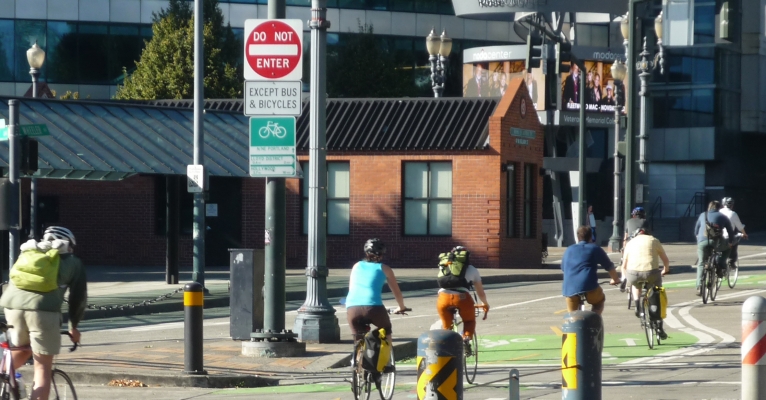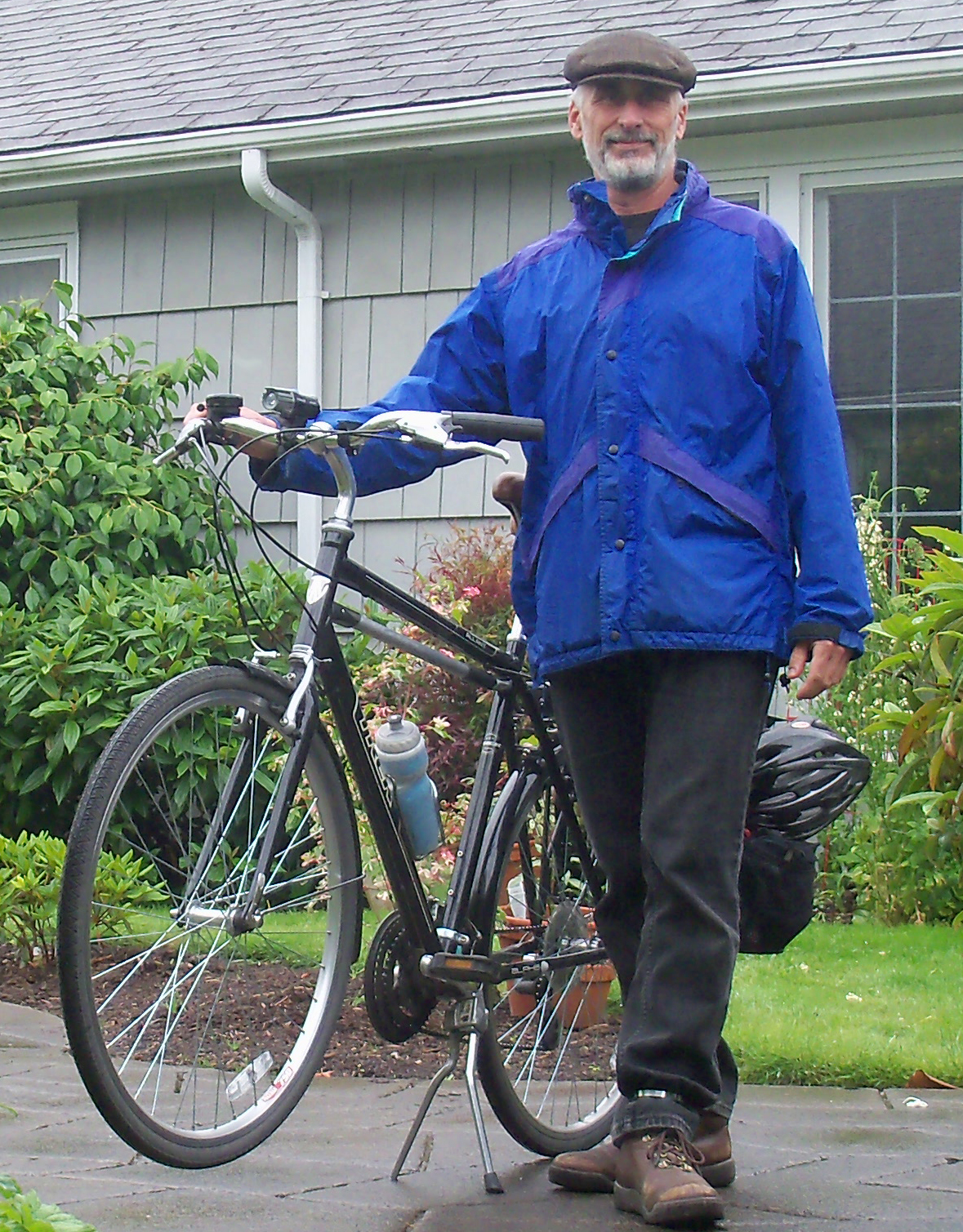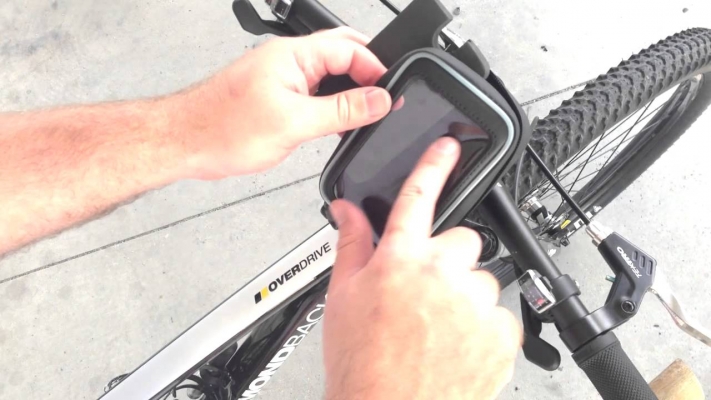The video begins at 1:55.
View slides
Abstract: Traffic counts are an important piece of information used by transportation planners; however, while count programs are common for motor vehicles most efforts at counting non-motorized traffic – cyclists and pedestrians – are minimal. Long-term, continuous counts of non-motorized traffic can be used to estimate month of year and day of week adjustment factors that can be used to scale short-duration counts to estimates of annual average daily traffic. Here we present results from continuous counts of non-motorized traffic at 6 locations on off-street trails in Minneapolis, MN using two types of automated counters (active infrared and inductive loop detectors). We found that traffic volumes varied significantly by location, but the month of year and day of week patterns were mostly consistent across locations and mode (i.e., cycling, walking, or mixed mode). We give examples of how this information could be used to extrapolate short-duration counts to estimates of annual average daily traffic as well as Bicycle Miles Traveled (BMT) and Pedestrian Miles Traveled (PMT) for defined lengths of off-street trails. More research is needed to determine if non-motorized traffic patterns (and subsequently our adjustment factors) for off-street...
Read more

 Roger Geller has been Portland, Oregon’s bicycle coordinator since 2000...
Roger Geller has been Portland, Oregon’s bicycle coordinator since 2000...